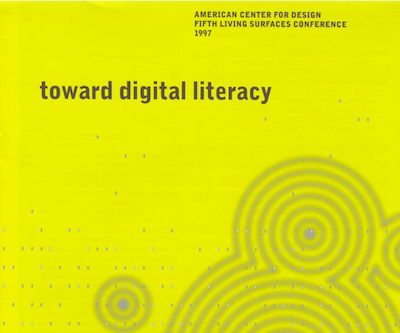Anicia Peters
Raising The Profile Of HCI In Africa
Written by Erin Malone
Anicia Peters is one of the field's leaders spearheading bringing women into HCI in African computer science programs and decolonizing HCI methods around the world. Based in Namibia, and until most recently, an academic teaching HCI, Peters received her Bachelor’s degree in Information Technology at the Polytechnic of Namibia and her MSc in Human Computer Interaction from Iowa State University. She was awarded an International Fulbright Science and Technology Award, a Schlumberger Faculty for the Future Women in Science fellowship and a Google Anita Borg Scholarship to continue her studies and she received her PhD in HCI in 2014.
She has been a lecturer at the School of Information Technology, Software Engineering Department at Polytechnic of Namibia as well as working for the government implementing integrated financial management systems and interning in Silicon Valley at Intuit. She was the first Namibian to serve as Design of the Faculty at the Namibia University of Science and Technology[1] and has served as both an Associate Professor and as the Pro-Vice Chancellor for Research Innovation and Development at the University of Namibia. She is currently the Chief Executive Officer of the National Commission on Research, Science and Technology (NCRST) of Namibia.
Her interests and research includes serving on the committee of the Women of Color Network at her university and researching gender mainstreaming in politics and decision making positions in the Southern African Development Community. She has written extensively about gender in southern Africa, both as an author and an editor for books on the topic. She is one of 10 African Women in Technology Role Models across Africa and was selected as a UNESCO Research Chair in Gender and Digital Technologies (2019).
Peters is actively involved in SIGCHI, HCI Across Borders and initiated the inaugural AfriCHI conference as a way to bring forward the work of African technologists and researchers. Of Peters, Susan Dray commented in our conversation, “there are some really powerful figures who are driving the spread, if you will, of SIGCHI and related practices, not just the organization. And most of them are women in Africa.”[2]

Graphic for the AfriChi conference spearheaded by Anicia Peters.
Peters writes in the May-June 2020 issue of ACM Interactions that HCI is less well known now than a decade ago and that students graduating with degrees in HCI end up being unemployed due to the lack of recognition for the importance of this work. So, strategies for infusing HCI into curriculum involve changing the conversation, “For example, we integrated HCI into our core curricula through courses such as design thinking. I think the best approach to evangelize HCI throughout Africa is to jump on the 4th Industrial Revolution bandwagon and integrate HCI with new emerging courses such as AI, Machine Learning and Data Science, and Cybersecurity. So, we are developing the newly hyped programs with HCI integrated.”[3]
Her research and work also focuses on bringing more women into HCI and she started several initiatives such as the Namibia Women in Computing conference and three chapters of the Association for Computing Machinery (ACM).
Several of her papers and workshops presented at different CHI conferences relate to expanding HCI around the world (HCI Across Borders) working with other like-minded professionals like Susan Dray, defining HCI curriculum, bringing more women into the field and providing mentors to help keep women in the field. In a panel presentation at CHI 2014 the authors (Anicia Peters, Susan Dray, Stephen Kimani, Jose Nocera and Zayira Jordan) ask:
“Where does HCI education belong? On one hand, in different higher education institutions HCI may be an elective for engineering and computer science students, a sub-field in an information and technology school, or an interdisciplinary major with no home in an engineering college, among many other structural accommodations resulting from the blurriness that comes with interdisciplinary pursuits overlaid unto fixed academic camps. On the other hand, universities are confronted with a growing demand for professionals who are prepared to address the users’ needs in technology design. Among this scattered, but informally articulated area of study we call HCI, Interaction Design, Computer Supported Cooperative Work, Participatory Design, User Experience, Cognitive Ergonomics, etc., our personal trajectories differ greatly from person to person, from background to background. This challenges both our sense of belonging within a discipline, such as Computing, Psychology, Anthropology, Education, and many others. In addition, it complicates the development of prolific curricular recommendations. It is not uncommon for a HCIer to be beyond the edge,
the accepted.[4]”
This question about where HCI (and related program titles) lives and what curriculum should be taught has been asked since the early 1990’s and continues to be asked by educators around the world who teach in various programs—whether housed in a CS school or an Art school.
Over the last several years, Peters has been writing and working on efforts to decolonise HCI in it’s methodologies, “a decolonisation project is concerned with how researchers, wherever located, might contribute to dismantling and re-envisioning existing power relations, resisting past biases, and balancing Western heavy influences in technology design.”[5] Working with AfriCHI and ArabHCI researchers and educators, they hope to dismantle and re-envision the practice of HCI and create cross-cultural collaborations that encompass social justice and decolonization stances in the work.[6]
Footnotes
[1] New Era Reporter, “First Namibian Dean at NUST Wants More Educated Namibians - New Era Live,” web.archive.org, October 28, 2019, https://web.archive.org/web/20191028135709/https://neweralive.na/posts/namibian-dean-nust-educated-namibians.
[2] Susan Dray, Erin Malone interviews Susan Dray about early days of SIGCHI, interview by Erin Malone, June 30, 2021.
[3] Anicia Peters, “HCI Magic across Africa,” Interactions 27, no. 3 (April 17, 2020): 20–21, https://doi.org/10.1145/3388703.
[4] Zayira Jordan et al., “A Living HCI Curriculum,” Proceedings of the First African Conference on Human Computer Interaction, November 21, 2016, https://doi.org/10.1145/2998581.2998623.
[5] Shaimaa Lazem et al., “Challenges and Paradoxes in Decolonising HCI: A Critical Discussion,” Computer Supported Cooperative Work (CSCW), July 24, 2021, https://doi.org/10.1007/s10606-021-09398-0.
[6] Ibid
Anicia Peters Bibliography
“2012 Google Anita Borg Memorial Scholarship,” 2012. https://services.google.com/fh/files/blogs/2012_Anita_Borg_Scholars_and_Finalists.pdf.
Dray, Susan M, Daniela K Busse, Anke Marei Brock, Peters, Anicia N, Shaowen Bardzell, Allison Druin, Margaret M Burnett, et al. “Perspectives on Gender and Product Design,” 53–56. Toronto, Ontario, Canada: Association for Computing Machinery, 2014. https://doi.org/10.1145/2559206.2559218.
Dray, Susan M, Andrea Peer, Anke M Brock, Anicia Peters, Shaowen Bardzell, Margaret Burnett, Elizabeth Churchill, Erika Poole, and Daniela K Busse. “Exploring the Representation of Women Perspectives in Technologies,” 2447–54. Paris, France: Association for Computing Machinery, 2013. https://doi.org/10.1145/2468356.2468799.
Dray, Susan M, Peters, Anicia N, Anke M Brock, Andrea Peer, Allison Druin, Shikoh Gitau, Janaki Kumar, and Dianne Murray. “Leveraging the Progress of Women in the HCI Field to Address the Diversity Chasm,” 2399–2406. Paris, France: Association for Computing Machinery, 2013. https://doi.org/10.1145/2468356.2468785.
“Internet Archives.” Namibia Computing Technologies. Accessed November 24, 2021. https://thetechguysblog.com/category/internet/.
Jordan, Zayira, Jose Abdelnour Nocera, Anicia Peters, Susan Dray, and Stephen Kimani. “A Living HCI Curriculum.” Proceedings of the First African Conference on Human Computer Interaction, November 21, 2016. https://doi.org/10.1145/2998581.2998623.
“Keynotes – EduCHI 2019,” n.d. https://educhi2019.hcilivingcurriculum.org/keynotes/.
Kumar, Neha, Susan Dray, Andy Dearden, Nicola Dell, Melissa Densmore, Rebecca E Grinter, Zhengjie Liu, et al. “Development Consortium: HCI across Borders,” 3620–27. San Jose, California, USA: Association for Computing Machinery, 2016. https://doi.org/10.1145/2851581.2856507.
Lazem, Shaimaa, Danilo Giglitto, Makuochi Samuel Nkwo, Hafeni Mthoko, Jessica Upani, and Anicia Peters. “Challenges and Paradoxes in Decolonising HCI: A Critical Discussion.” Computer Supported Cooperative Work (CSCW), July 24, 2021. https://doi.org/10.1007/s10606-021-09398-0.
Namesho, Simon. “Behold, Anicia Peters Begins Her Reign - UNAM Forum Online.” UNAM Forum Online, June 2, 2020. http://forumonline.unam.edu.na/behold-anicia-peters-begins-her-reign/.
New Era Reporter. “First Namibian Dean at NUST Wants More Educated Namibians - New Era Live.” web.archive.org, October 28, 2019. https://web.archive.org/web/20191028135709/https://neweralive.na/posts/namibian-dean-nust-educated-namibians.
Peters, Anicia N, Heike Winschiers-Theophilus, Nicola J Bidwell, Arun Kumar, Daniel O Ochieng, Fatoumata Camara, and Susan M Dray. “Community Centered Collaborative HCI Design / Research in Developing Countries,” 1143–46. Toronto, Ontario, Canada: Association for Computing Machinery, 2014. https://doi.org/10.1145/2559206.2559212.
Peters, Anicia. “HCI Magic across Africa.” Interactions 27, no. 3 (April 17, 2020): 20–21. https://doi.org/10.1145/3388703.
Selected Stories
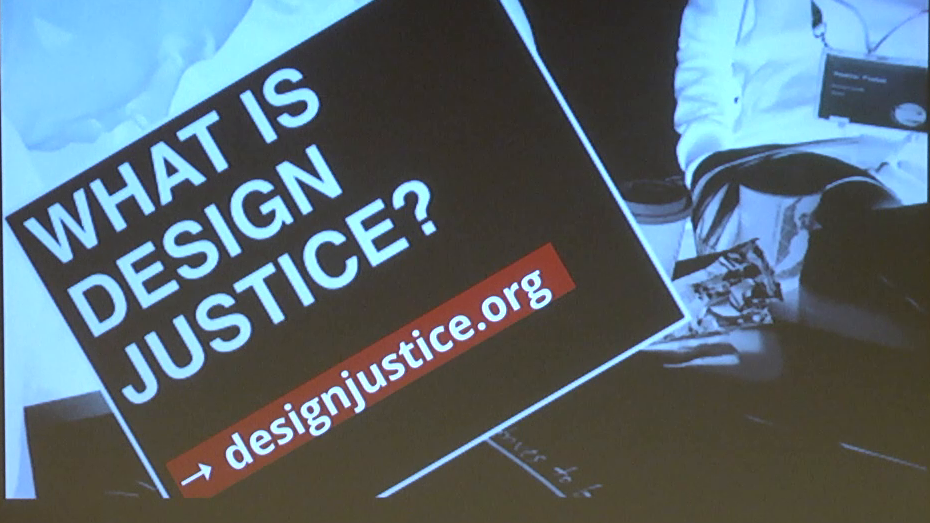
Sasha Costanza-ChockProject type
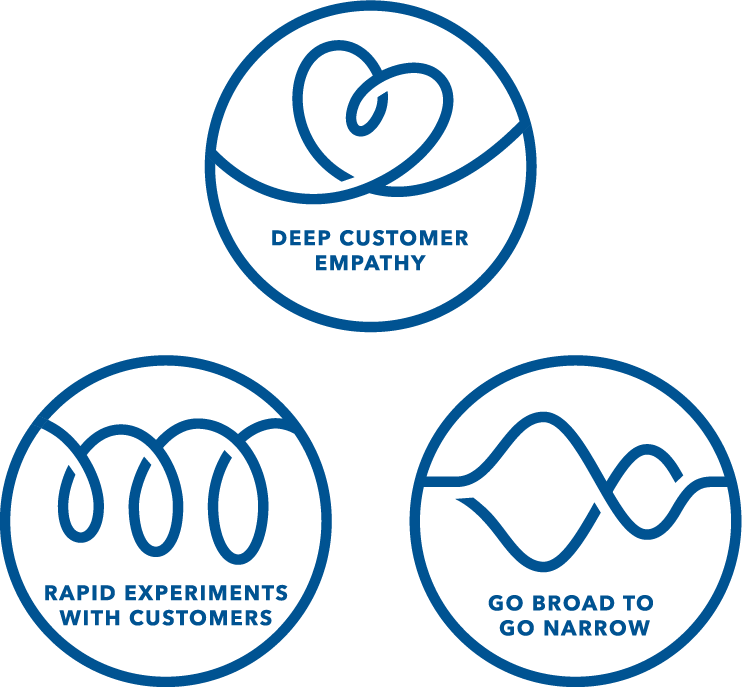
Kaaren HansonProject type

Ari MelencianoProject type

Mizuko Itoresearch
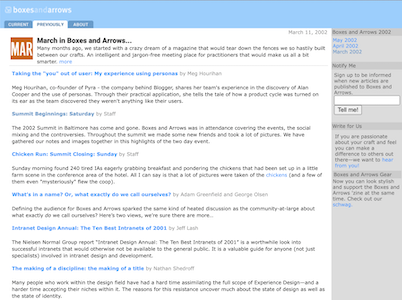
Boxes and ArrowsProject type

Mithula NaikCivic
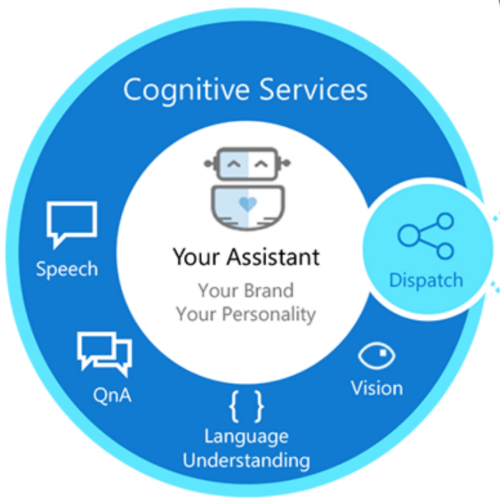
Lili ChengProject type

Ovetta SampsonProject type
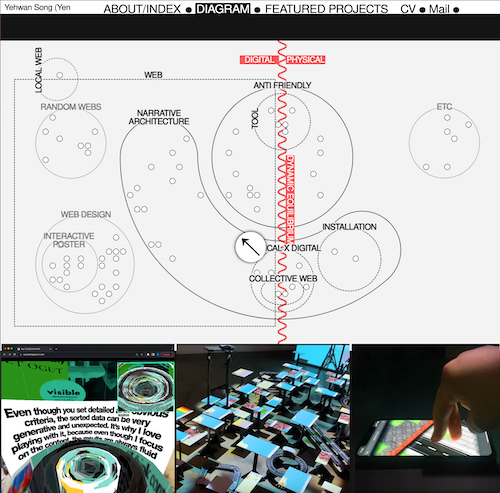
Yehwan SongProject type

Anicia PetersProject type

Simona MaschiProject type

Jennifer BoveProject type
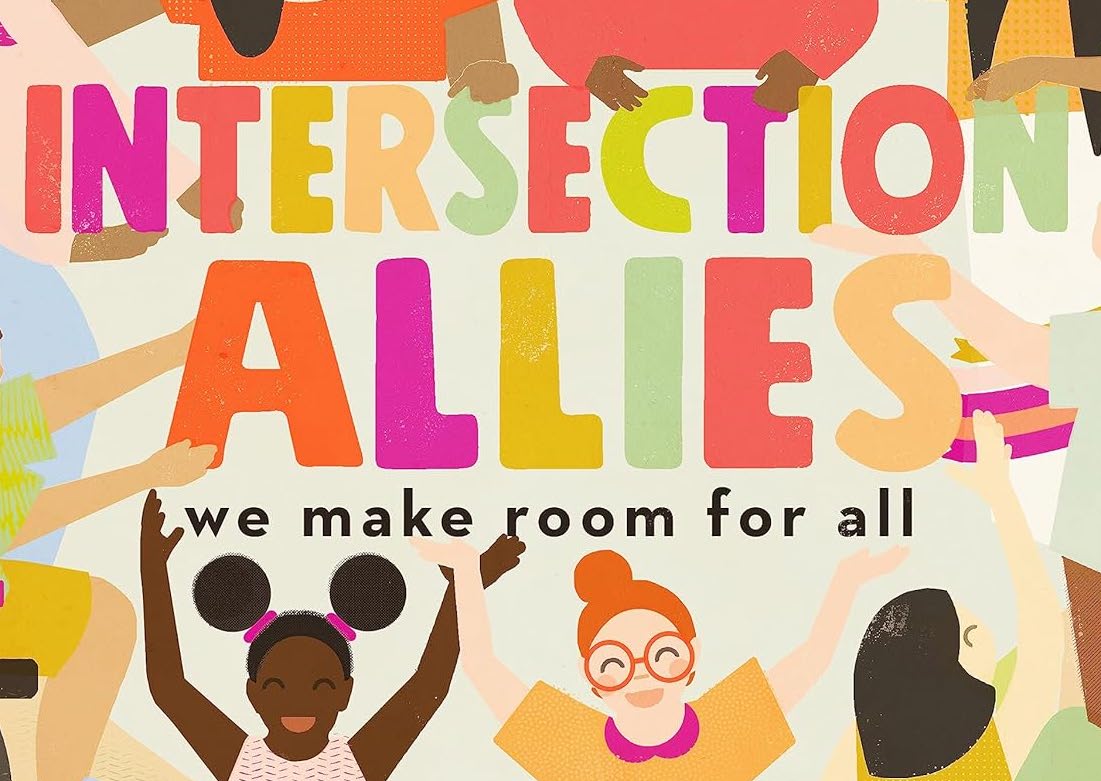
Chelsea JohnsonProject type
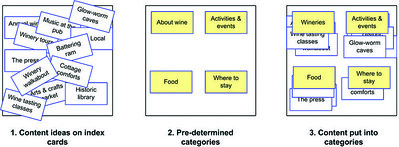
Donna SpencerProject type

Lisa WelchmanProject type
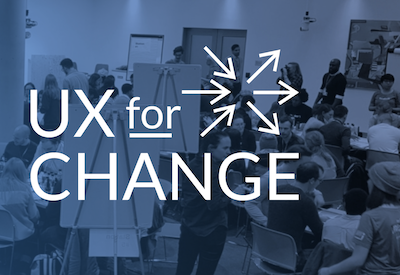
Sandra GonzālesProject type

Amelie LamontProject type

Mitzi OkouProject type

The Failings of the AIGAProject type

Jenny Preece, Yvonne Rogers, & Helen SharpProject type

Colleen BushellProject type

Aliza Sherman & WebgrrrlsProject type

Cathy PearlProject type

Karen HoltzblattProject type

Sabrina DorsainvilProject type
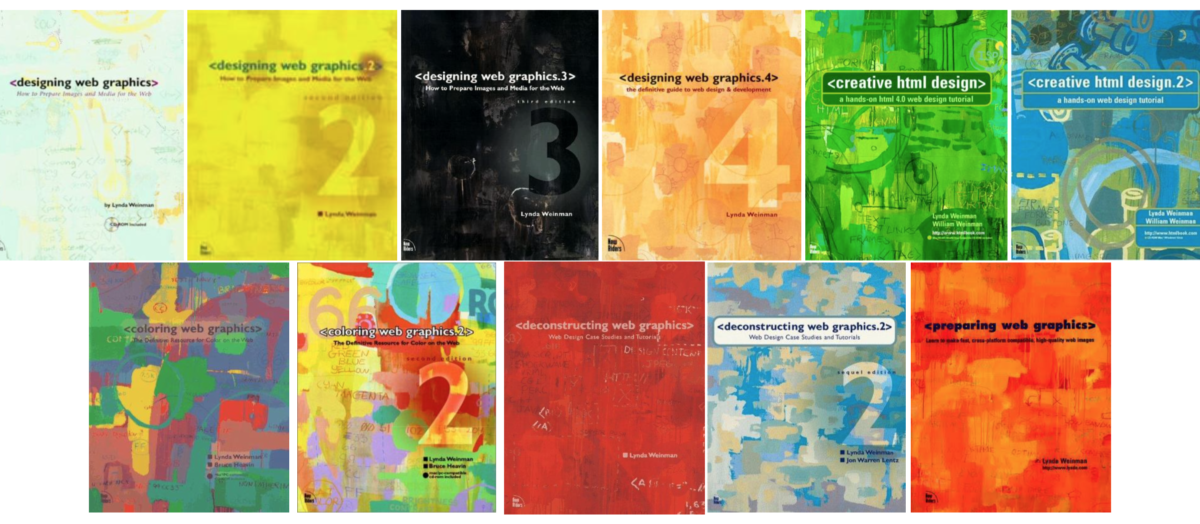
Lynda WeinmanProject type

Irina BlokProject type
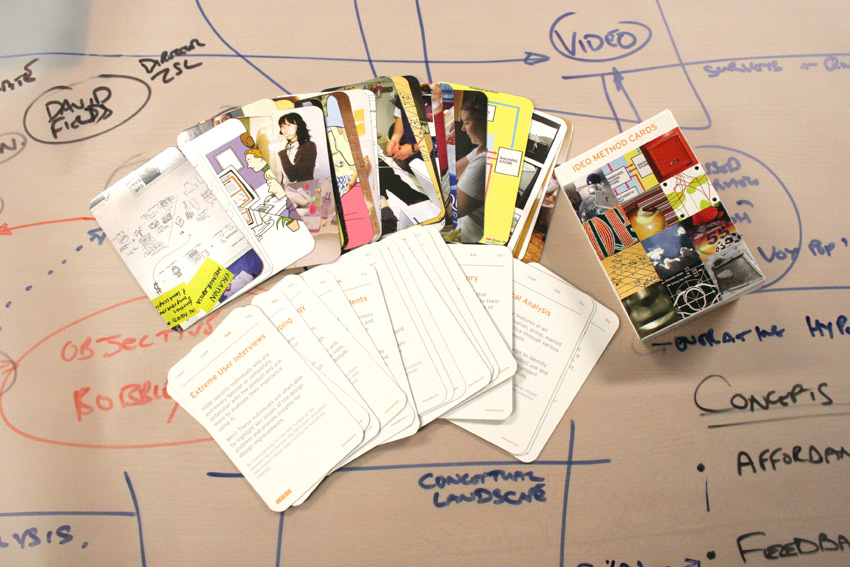
Jane Fulton SuriProject type

Carolina Cruz-NeiraProject type

Lucy SuchmanProject type
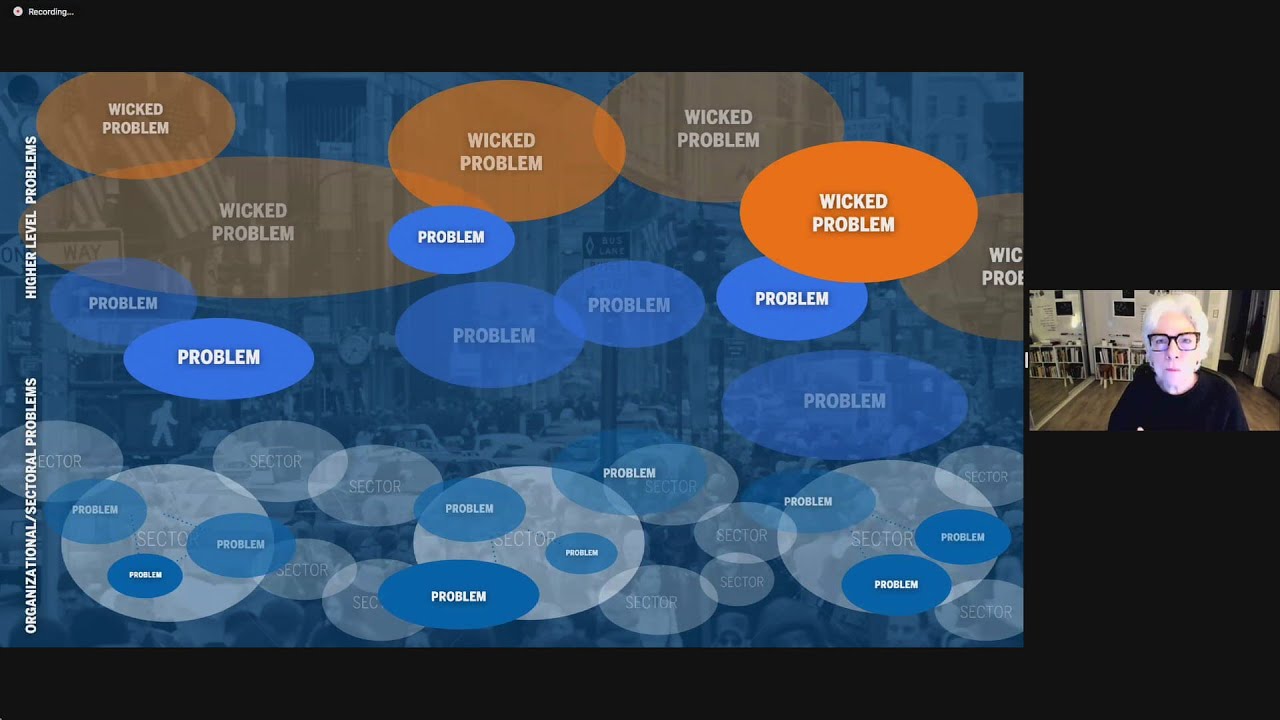
Terry IrwinProject type
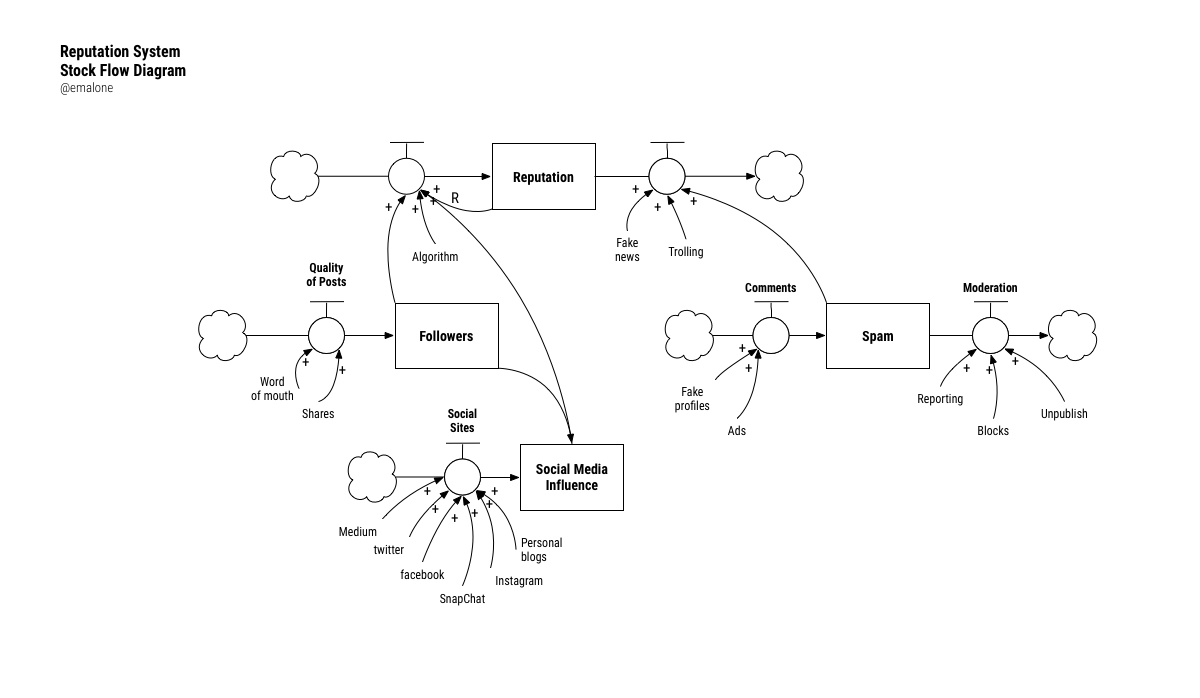
Donella MeadowsProject type

Maureen StoneProject type

Ray EamesProject type

Lillian GilbrethProject type

Mabel AddisProject type

Ángela Ruiz RoblesDesigner

